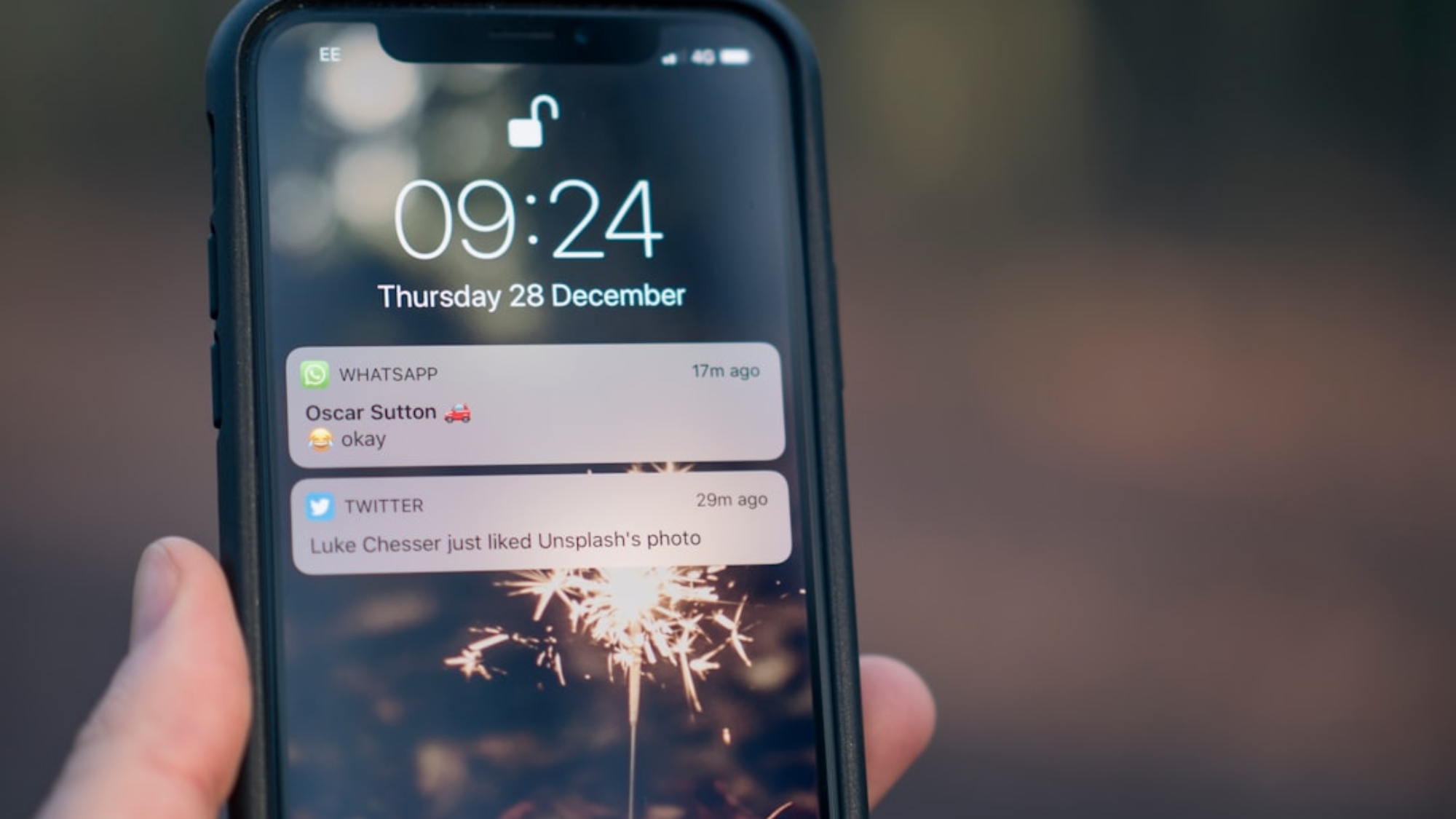Mobile phones have become an essential part of our daily lives, serving as a communication tool, a source of entertainment, and a means of staying connected to the world. However, despite their convenience, mobile phones are not immune to issues that can disrupt their functionality. From battery drainage and overheating to slow performance and connectivity problems, there are a variety of common issues that mobile phone users may encounter. In this article, we will explore some of the most prevalent mobile phone issues and provide tips on how to address them effectively.
Battery Drainage and Overheating
One of the most common issues that mobile phone users face is battery drainage and overheating. This can be caused by a variety of factors, including excessive usage, background apps running, and software glitches. When a phone’s battery drains quickly, it can be frustrating and inconvenient, especially when you need your phone to last throughout the day. Overheating can also be a concern, as it can not only affect the phone’s performance but also pose a safety risk.
To address battery drainage and overheating, it’s important to identify the root cause of the issue. This may involve checking for any apps that are running in the background and consuming excessive power, adjusting the phone’s settings to optimize battery usage, or updating the phone’s software to fix any bugs that may be causing the problem. Additionally, using a high-quality charger and avoiding overcharging the phone can help prevent overheating. In some cases, replacing the phone’s battery may be necessary if it is no longer holding a charge effectively.
Slow Performance and Freezing
Another common issue that mobile phone users encounter is slow performance and freezing. This can be frustrating when trying to use apps or navigate the phone’s interface, as it can lead to delays and unresponsiveness. Slow performance and freezing can be caused by a variety of factors, including insufficient storage space, outdated software, or too many apps running in the background.
To address slow performance and freezing, it’s important to regularly clear the phone’s cache and delete any unnecessary files or apps that may be taking up valuable storage space. Updating the phone’s software to the latest version can also help improve performance and fix any bugs that may be causing freezing. Additionally, restarting the phone or performing a factory reset can help resolve more persistent performance issues. It’s also important to be mindful of the number of apps running in the background and to close any unnecessary apps to free up system resources.
Connectivity Problems
Connectivity problems are another common issue that mobile phone users may encounter. This can include issues with Wi-Fi, Bluetooth, or cellular connectivity, which can disrupt the ability to browse the internet, make calls, or connect to other devices. Connectivity problems can be caused by a variety of factors, including network issues, software bugs, or hardware malfunctions.
To address connectivity problems, it’s important to troubleshoot the specific issue at hand. This may involve resetting the phone’s network settings, ensuring that the phone’s software is up to date, or checking for any physical damage to the phone’s hardware components. In some cases, contacting the phone’s service provider or seeking professional assistance may be necessary to resolve more complex connectivity issues.
Cracked or Damaged Screen
Cracked or damaged screens are a common issue that many mobile phone users have experienced at some point. Whether it’s due to accidentally dropping the phone or impact from another object, a cracked or damaged screen can not only affect the phone’s aesthetics but also its functionality. In some cases, a cracked screen may still allow the phone to function normally, while in other cases it may lead to touchscreen issues or further damage to the phone’s internal components.
To address a cracked or damaged screen, it’s important to assess the extent of the damage and determine whether it can be repaired or if a screen replacement is necessary. There are various DIY screen repair kits available for minor cracks, but for more severe damage, it’s best to seek professional assistance from a reputable repair service. Additionally, using a screen protector and a durable phone case can help prevent screen damage in the future.
App Crashes and Malfunctions
App crashes and malfunctions are another common issue that mobile phone users may encounter, particularly when using third-party apps. This can be caused by software bugs, compatibility issues, or insufficient system resources. App crashes and malfunctions can be frustrating when trying to use specific apps for productivity or entertainment purposes.
To address app crashes and malfunctions, it’s important to ensure that the app is up to date with the latest version and that the phone’s software is also updated. Clearing the app’s cache and data can also help resolve certain issues related to app crashes. If the problem persists, uninstalling and reinstalling the app may be necessary to fix any underlying software bugs. It’s also important to be mindful of the number of apps running in the background and to close any unnecessary apps to free up system resources for smoother app performance.
Water Damage and How to Fix It
Water damage is a serious issue that can affect the functionality of a mobile phone if not addressed promptly. Whether it’s due to accidentally dropping the phone in water or exposure to moisture, water damage can lead to issues such as screen malfunctions, battery drainage, or internal component damage. In some cases, water damage may not be immediately apparent, so it’s important to take precautionary measures if the phone has been exposed to water.
To address water damage, it’s important to act quickly and remove the phone from water immediately. Turning off the phone and removing any protective cases or accessories can help prevent further damage. Drying the phone with a soft cloth and placing it in a bag of uncooked rice or silica gel packets can help absorb moisture from the phone. It’s important to avoid using heat sources such as hair dryers or placing the phone in direct sunlight, as this can cause further damage to the phone’s internal components. If the water damage is severe, seeking professional assistance from a reputable repair service may be necessary to assess and address any internal damage.
In conclusion, mobile phones are prone to a variety of common issues that can disrupt their functionality and affect user experience. From battery drainage and overheating to slow performance and connectivity problems, addressing these issues promptly is essential for maintaining optimal performance and prolonging the lifespan of your mobile phone. By following the tips provided in this article, mobile phone users can effectively troubleshoot and address common issues to ensure their devices continue to serve them well in their daily lives. Need Help? Please visit your nearest Techy Store and offer free diagnostic services.



Add a Comment